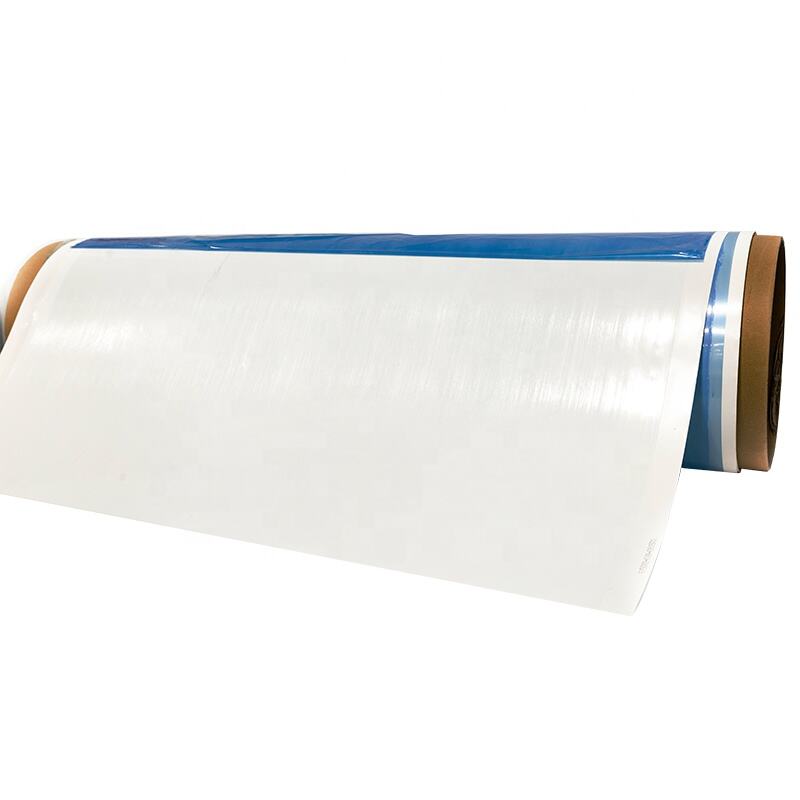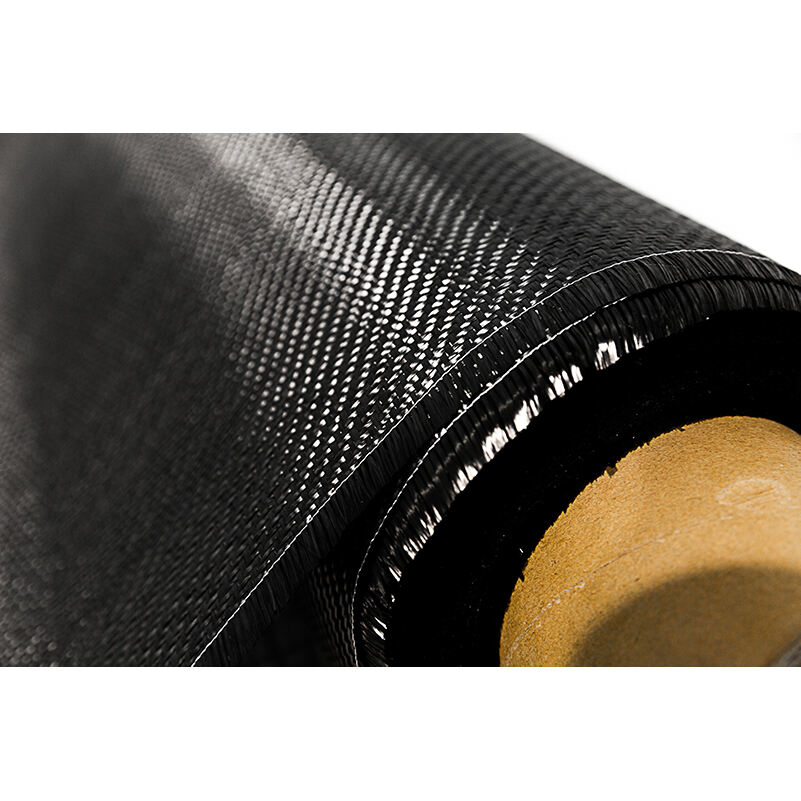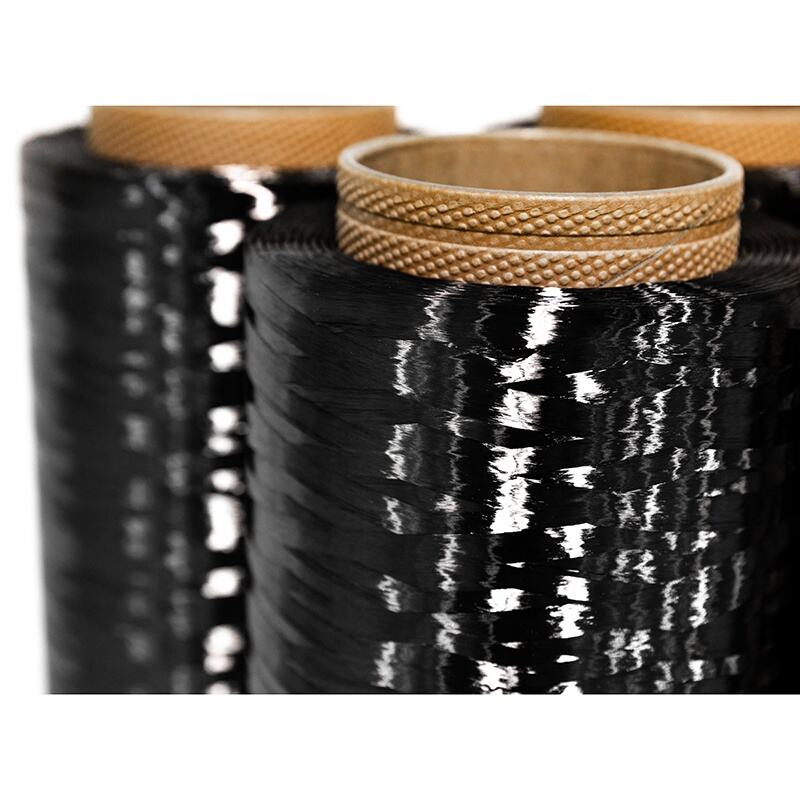carbon fibre in car
Carbon fiber in cars represents a revolutionary advancement in automotive engineering, offering an exceptional combination of strength, lightweight construction, and design flexibility. This high-performance material consists of thin, strong crystalline filaments of carbon that are woven together to create a durable composite material. When used in automotive applications, carbon fiber components are typically combined with epoxy resin to form carbon fiber reinforced polymer (CFRP). This material is increasingly being utilized in various car parts, from body panels and chassis components to interior trim elements. The primary function of carbon fiber in cars is to reduce vehicle weight while maintaining or even improving structural integrity. This weight reduction directly contributes to improved fuel efficiency, enhanced performance, and better handling characteristics. Modern manufacturing techniques allow carbon fiber to be molded into complex shapes, enabling automotive designers to create aerodynamic profiles that would be difficult or impossible with traditional materials. The material's high strength-to-weight ratio makes it particularly valuable in high-performance and luxury vehicles, where every gram of weight savings can translate into meaningful performance improvements. Additionally, carbon fiber offers excellent vibration damping properties and superior resistance to fatigue, making it ideal for components that experience repeated stress and strain.


